Intensive cannabis farming outdoors
List of contents
Many times, outdoor cannabis growers have only one crop per year, which usually starts by late spring and lasts until the beginning of autumn, when the number of daylight hours gradually decreases. Cannabis plants grown from seed are perfectly adapted to this natural photoperiod, although if clones coming from indoor grows are to be used we can have some problems. The natural photoperiod in our latitude (40ºN approximately) makes our clones – which have been rooted indoors - to bloom if they're put outside before June, since the number of daylight hours is not enough to stimulate the growth of our cutings, which will begin to bloom a few days after being put outside.
That's the reason why most growers using cuttings or plants coming from indoor gardens put them outside no earlier than June, so that their plants will grow until August and will bloom normally, just as any other cannabis seed grown outdoors. However, this “problem” can become a major advantage for the wise grower, who will take profit from it with a simple outdoor greenhouse. In this way, he'll have up to 3 outdoor harvests per year as long as he also has a small indoor grow tent to grow plants and root cuttings.
Despite the quality of the buds will not be the same than the summer crop (the typical outdoor crop), spring and autumn crops are great to complement it if we have a small space and can't meet our needs with the few plants that can be grown per crop. Next we'll see the main differences between summer crops and off-season crops (sping and autumn), and we'll tell you how to set the schedule to get three crops per year successfully.
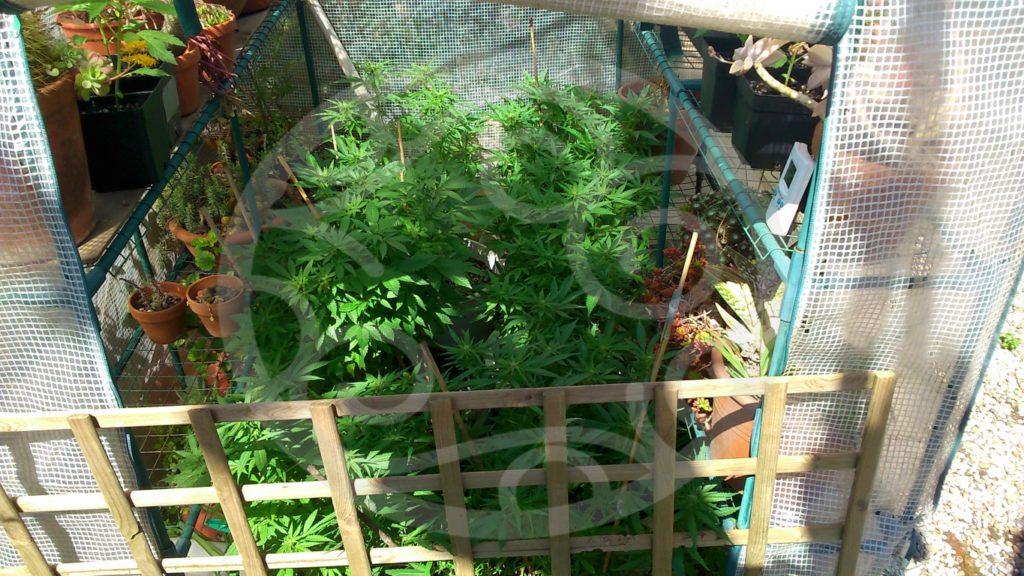
Differences between summer and off-season crops
The main idea here is that, when growing off-season, our outdoor garden works similar to an indoor flowering room. Any plant taken outside before late May/June or from August onwards will start flowering as soon as it adapts to its new environment, which normally takes only a few days. So the first thing to keep in mind is that we'll harvest very small plants if we use small, young cuttings. That's why we normally use mother plants, grown clones or seeds germinated indoors for this type of crops, so we make sure that our plants will be big enough before putting them outside. Moreover, we know that they'll only grow during the stretch period which always precede the development of buds, so we want to use plants with optimal size.
Due to environmental conditions (mainly light intensity and tempertures), off-season crops normally develop more leaves, so they have higher leaf-to-calyx ratio. Also, buds are not so compact and big. However, resin production is often excellent, with awesome resin-to-plant matter ratio. This makes them ideal for making resin extractions, whose quality can be easily compared with that of concentrates made from summer crops.
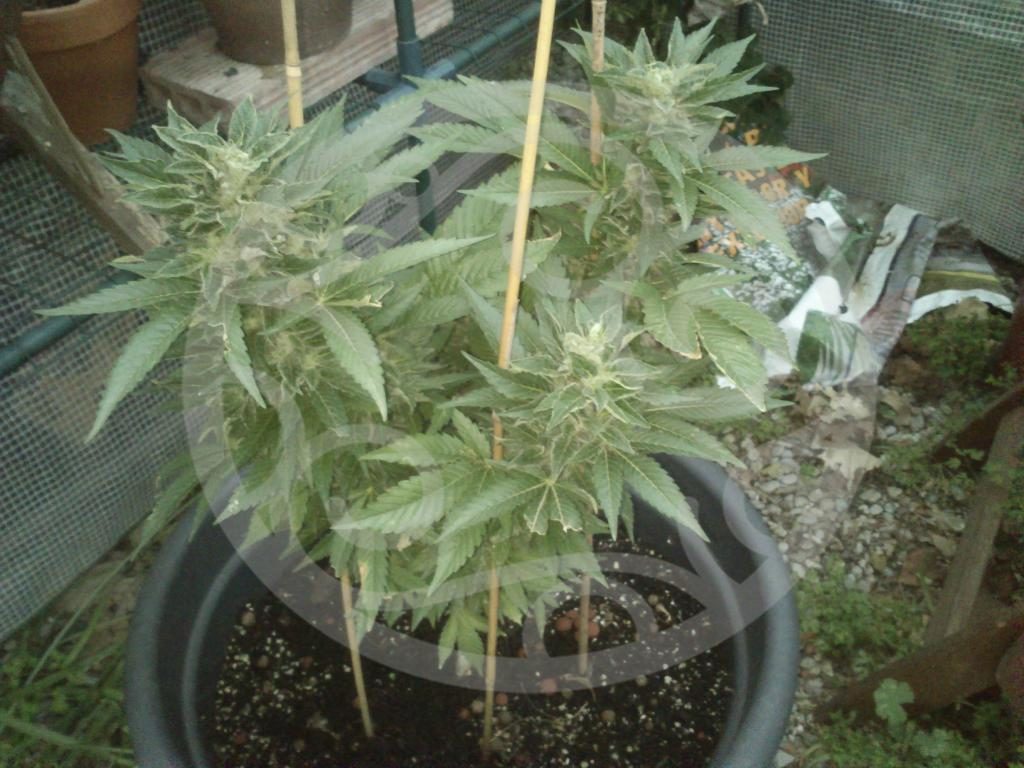
Another main difference is the type of plant cultivated. In many climates, outdoor farmers can grow Sativa dominant strains with long flowering periods, which can take 4 or 5 months ro ripe and extend their bloom until December. To avoid problems in spring and autumn crops, we should choose mainly Indica hybrids with flowering periods of around 9-10 weeks. Let's see now how to successfully grow our off-season cannabis plants and achieve our goal of harvesting three crops per year.
Off-season outdoor cannabis cultivation
Let's imagine that we start some Black Bomb seeds in a small indoor garden in winter and grow them under a 18/6 photoperiod until February, when we'll take some cuttings from them which will be rooted and kept in our small indoor grow tent. At this point (February), we assemble a small greenhouse in our outdoor garden, trying to choose the most sunny spot, protected from the wind if possible. We transplant our Black Bomb plants into 15L containers (or bigger) and put them in the greenhouse, leaving our clones rooting in the indoor tent. Our plants will need some days to adapt to the outdoor environment and resume normal activity, and in few days they'll show signs of developing the first flowers, which tells us that the bloom phase is about to begin.
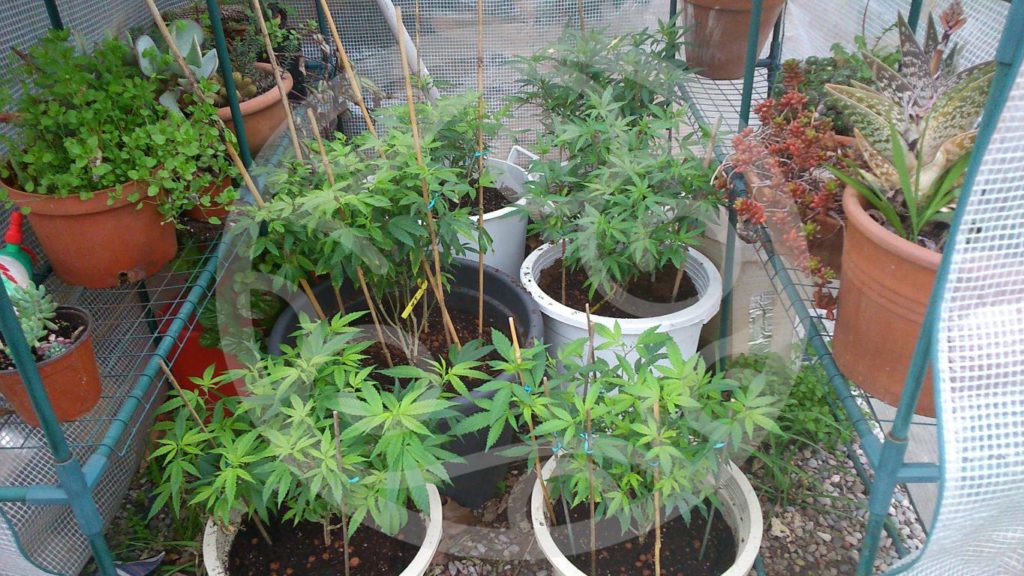
From now on, we just have to take care of our plants as we'd do in any summer crop, watering them according to their needs and choosing a balanced feeding program for the flowering stage. Keep in mind that, as spring comes and temperatures rise, the humidity inside the greenhouse during the hottest part of the day can be too high, so opening the greenhouse during the day and closing it at dusk can be of great help. If evertything works well, we'll harvest our plants by early May, before they'd start naturally re-vegging (stopping their bloom and growing again) due to the increase in daily hours of light. We'll have this problem if we choose strains with long flowering period, so we recommend to use varieties which would be harvested by mid October (or earlier) in normal summer crops.
If you remember, we have some Black Bomb cuttings taken in February in our indoor garden, which at this point (May) should be nicely developed plants. By late May or early June, when our first crop should be almost dried, we take cuttings from these plants and repeat the process: transplant the mother plants into bigger containers and put them outside, this time without the need of using our greenhouse. Root the clones inside and leave them growing throughout summer. Our outdoor plants will grow until August, when they'll start to flower until harvest time, by the beginning of October. We already have our second outdoor harvest! Of course, for this crop we could have used seeds, which would have been germinated in spring or early summer.
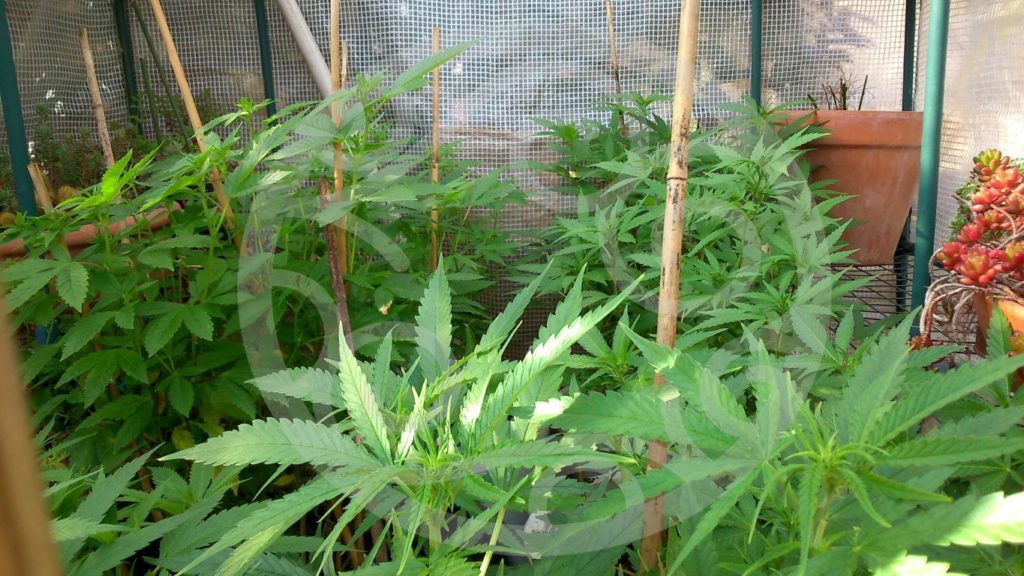
Once we're about to harvest our summer crop (October) we repeat the process again: root clones indoors and take the mother plants outside, in our greenhouse. At this point, it is your choice to keep the clones or discard them and start with new seeds in a few months, by the time you'll be harvesting the autumn crop. Our plants will flower during autumn and will be ready to harvest by mid December. Hybrids like Tropimango, Philo Skunk, Sugar Pop or the new Jamaican Blueberry BX are suitable for this intensive farming technique.
Naturally, this technique may be varied according to climate conditions, grower's needs, available genetics, etc. You can also use automatic cannabis strains; germinate some Sleepy Yoda Auto or Lemon Auto CBD by mid/late February and you'll have your first harvest. Germinate some new seeds when you're about to harvest your first crop and repeat the process up to three times, as we've seen. Another option is not taking clones and germinating new seeds indoors for each crop, so we make sure that our plants will have an optimal size before putting them outside (this is not needed for the summer crop, when we can germinate our seeds outdoors without a problem).
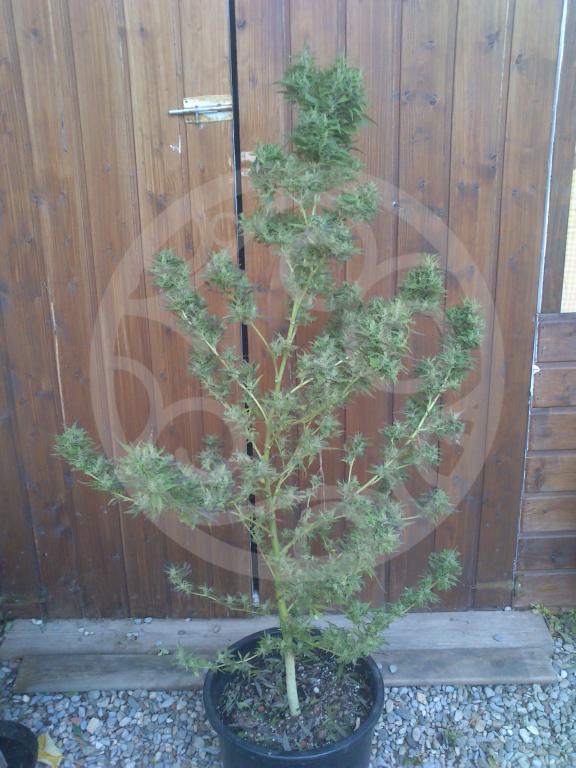
We hope this article will help you get the most out of your outdoor garden, as you've seen you only need a small indoor growing space and a modest greenhouse!
Happy harvests!





